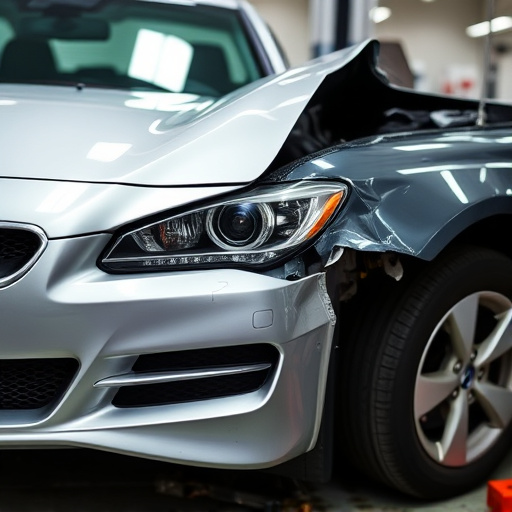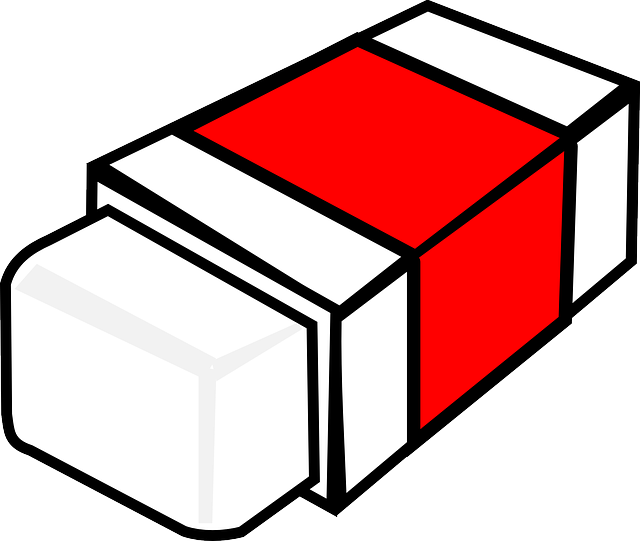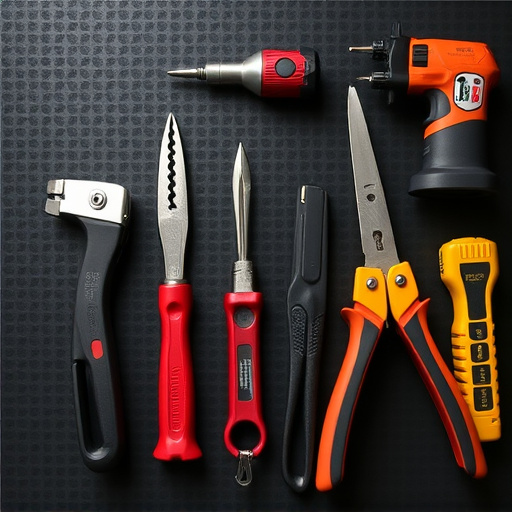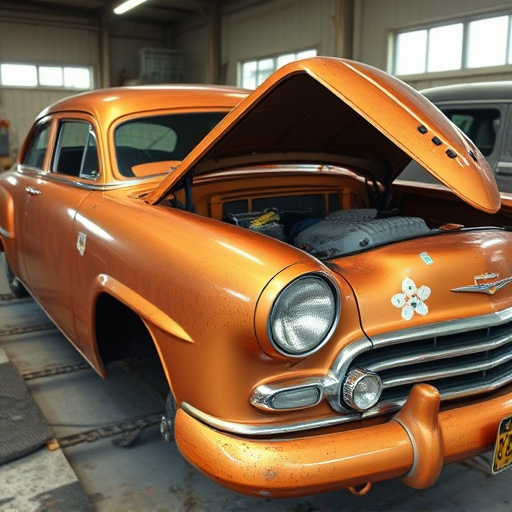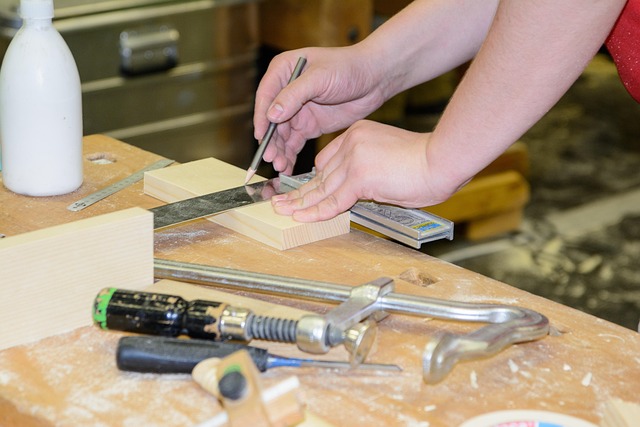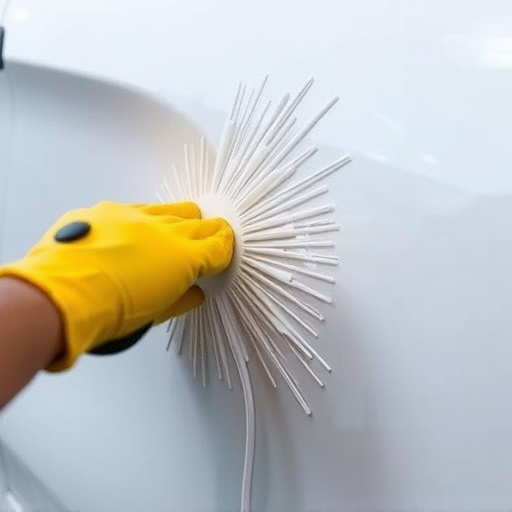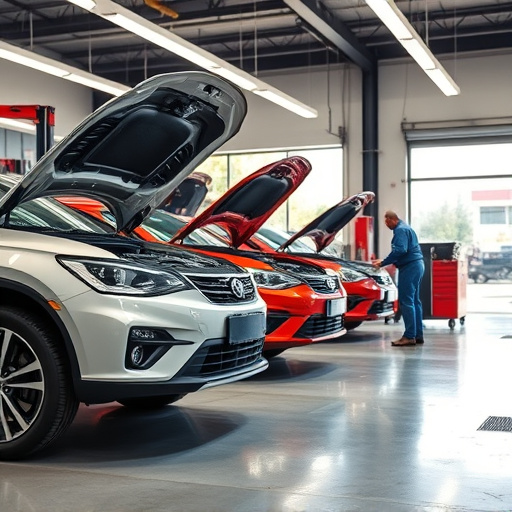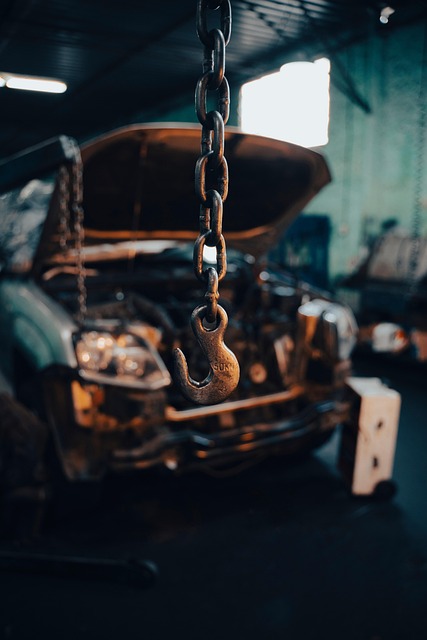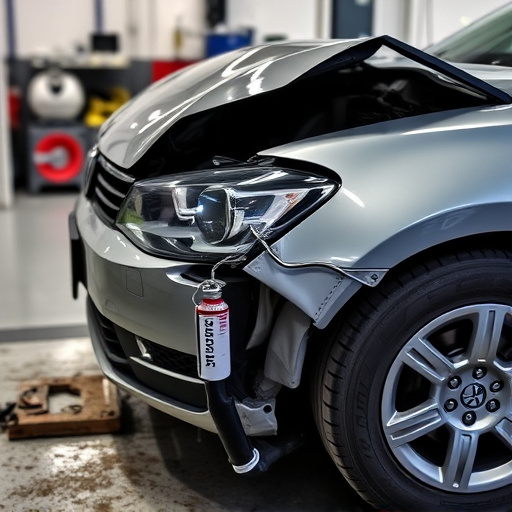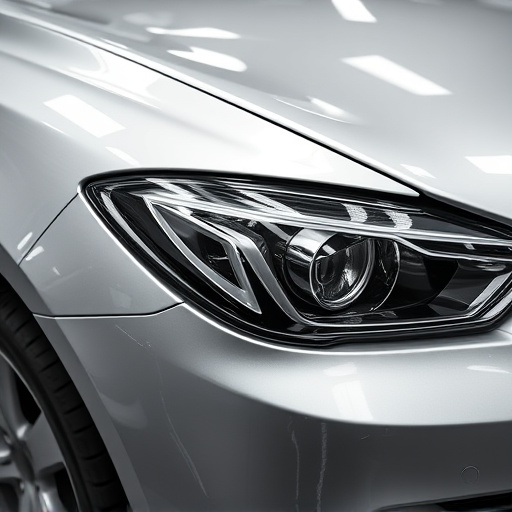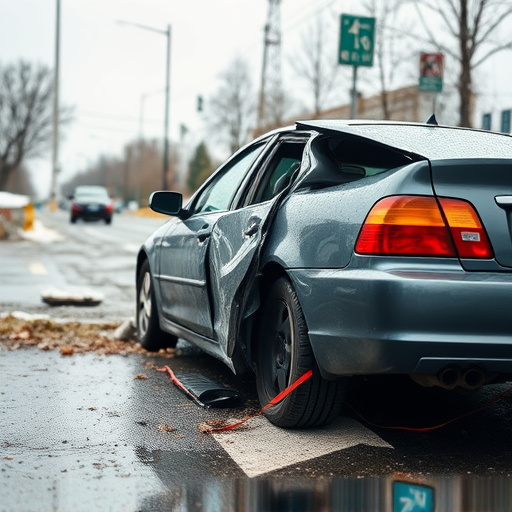Tesla factory paint codes are vital for restoration and customization, offering precise color information. Found on parts like door jambs and hoods, these codes consist of letters and numbers representing color names, base coats, and clear coats. Decoding them ensures accurate matching during scratch repair, dent removal, or full body transformations, aiming for a flawless, factory-like finish.
Looking to revive your Tesla with a garage or body shop project? Deciphering Tesla’s factory paint codes is key. This guide dives into the world of these unique identifiers, equipping you to match and apply factory finishes flawlessly. From understanding code structures to decoding color specifics, we’ll walk you through the process, ensuring your Tesla shines like new.
- Understanding Tesla Factory Paint Codes
- Decoding Color Codes for Your Project
- Applying and Matching Factory Finishes
Understanding Tesla Factory Paint Codes

Tesla factory paint codes are a crucial aspect for anyone undertaking restoration or customization projects on Tesla vehicles. These codes provide detailed information about the specific shade and finish used by Tesla during manufacturing, ensuring color accuracy and consistency. By understanding and utilizing these codes, car enthusiasts and professional repair shops can achieve exceptional results in car scratch repair, car dent removal, or even full body transformations.
Each Tesla model has a unique set of paint codes, which are typically located on various parts of the vehicle, such as the door jambs or under the hood. These codes consist of a combination of letters and numbers that represent the color name, base coat, clear coat, and other relevant details. Decoding these codes is the first step in finding the exact paint match required for any repair or customization work.
Decoding Color Codes for Your Project
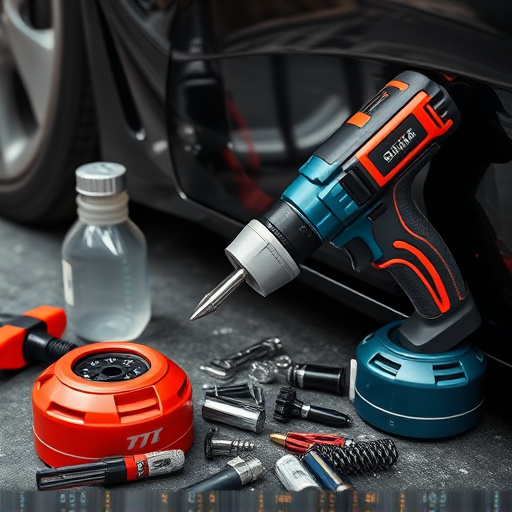
When working on a restoration or customization project for your Tesla, understanding the factory paint codes is crucial. These codes provide vital information about the specific color and finish used on your vehicle. Decoding these can help ensure that your hail damage repair or vehicle bodywork processes are accurate and consistent with the original specifications.
Each Tesla model has its own unique code system, which typically includes a combination of letters and numbers. These codes are often found in various places, such as the door jamb, engine bay, or under the hood. By referencing these codes against official Tesla databases or color swatches, you can accurately match or replicate the original paint job. This is particularly important for collision centers aiming to provide precise restoration services that blend seamlessly with the rest of the vehicle.
Applying and Matching Factory Finishes

Achieving a factory-like finish when repairing or restoring a Tesla involves understanding and utilizing Tesla factory paint codes. These codes are essential for matching the exact color and shade, ensuring your vehicle looks as good as new. By decoding the paint code, you can access the specific pigment and base combination used by Tesla, enabling precise replication.
Applying and matching factory finishes requires skill and attention to detail. It’s crucial to use high-quality paints and tools designed for automotive applications. For complex repairs like bumper restoration or auto body work, consider seeking professional help from experienced vehicle repair services. They have the expertise and resources to handle these tasks, guaranteeing a seamless and accurate finish that respects Tesla’s original standards.
When undertaking restoration or customization projects on Tesla vehicles, utilizing genuine Tesla factory paint codes is essential for achieving precise and matching finishes. By decoding these codes and understanding their color specifications, garage and body shop professionals can ensure outstanding visual results that pay homage to the vehicle’s original craftsmanship. With the right tools and knowledge, you’ll be able to replicate Tesla’s signature style, making your project stand out as a true work of automotive art.
